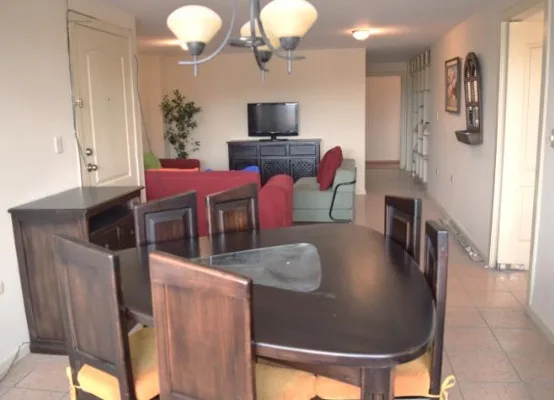Carnival craziness as water and foam assaults break out; Gringos fight back in Quingeo
Although Carnival continues through Tuesday, Sunday was the centerpiece of the five-day festival in most of Ecuador.
Celebrations in Cuenca, Paute, Gualaceo, Sigsig and other nearby towns, featured costume parades, native dances and plenty of food. The highlight in every venue, though, seemed to be the (mostly) good-natured water and foam fights, a fact that foreigners often learn about the hard way when they get smacked by a water balloon launched from a balcony or passing car.

Carnival in Quingeo — and then the gringos showed up!
As in much of Latin America, Carnival in southern Ecuador includes aspects of folklore and tradition dating back thousands of years. Present at every celebration near Cuenca is the costumed Cañar deity, Taita, the ancient embodiment of good fortune and the crusader against the forces of evil. Frequently outfitted in feathers, floppy hat and flowing robes, Taita mostly gives his blessing to agricultural endeavors, but, through the years, his services have also been enlisted against foreign invaders, including the Inca and Spaniards.
Following the conquest, the Spanish tried to re-cast Carnival into a religious celebration but pagan forces beat back the effort.
Two bus-loads of Cuenca expats and tourists traveled to the indigenous village of Quingeo, 20 kilometers east of town, and appeared to be the only foreigners in a crowd of about 1,000. The group was welcomed by the public address announcer — who said they were the first gringos to ever visit the village — and quickly became targets of water and foam attacks although they fought back valiantly, arriving armed with their own squirt bottles and spray cans.
Ecuadorians, like foreign visitors, mostly take the water and foam fights in stride. Seventy-year-old Cuenca shop owner Lourdes Lopez says she hates getting wet, especially when she takes a hit from a water balloon, but understands that it’s all in good fun. “When I was a child I did the same thing. I know how much the children enjoy it and it’s their chance to get even with their elders.”
Cuenca old-timers remember a time when the punishment dispensed at Carnival was more painful than just getting watered down or plastered in foam.
“It has always been fun,” says Patricio Sanchez, “but years ago it was also a time when people settled grudges and there were many fights. I remember seeing boys and young men with blood running down their faces after getting into brawls.”
According to Sanchez, a Cuencano who left Ecuador in the early 1980s for New York and recently returned, there was often a “hidden agenda” for many Carnival participants. “Because of all the costumes, parades and celebrations, some people were able to attack their enemies and get away with it. Since I got back to town, three years ago, I’m glad to see that this is mostly a thing of the past.”
Although most of the blood-letting of past carnivals was inspired by personal enmities, it had its roots in ancient Andean traditions. Bathing the earth with blood to promote fertility was a sacred ritual pre-dating the Incas.
Some rituals featured rival groups firing sling shots and throwing stones and sticks at each other. At close range, the weapons of choice were fists. Combatants often wore thick leather hats to ward off in-coming missiles but took them off at close range since the objective of the fight was to shed blood. All were expected to make a contribution.
In Cuenca and surrounding towns, the blood-shedding custom faded in popularity in the 1960s and early 1970s.





















